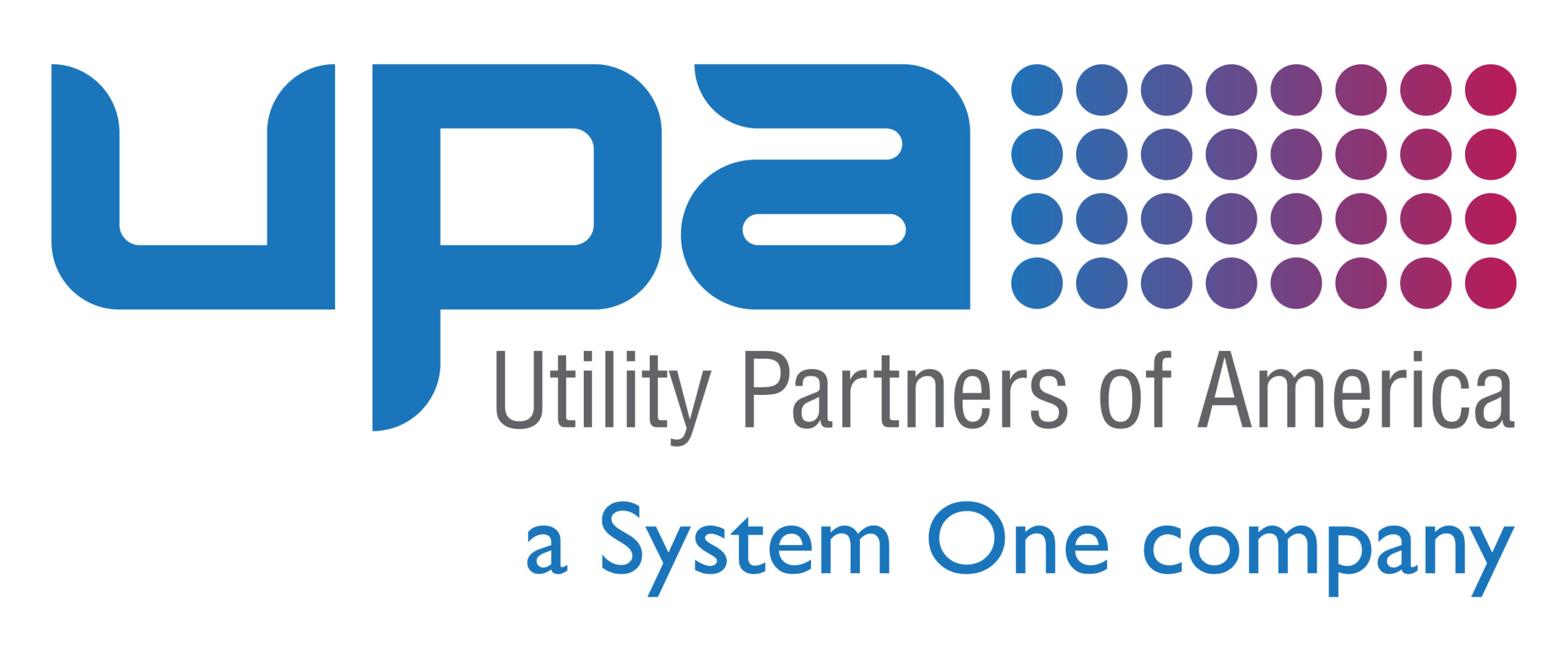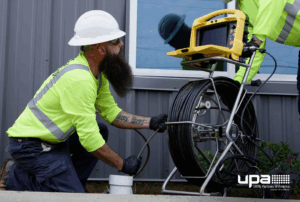A sailor without a map risks spinning in circles, so, too, does an employee without a standard operating procedure. These step-by-step directional guides known as “SOPs” (standard operating procedures) provide the framework employees need to ensure consistency. While the nature of the SOP is critical, revamping the components procedure whenever needed might be just as important.
A thorough review and update of all SOPs is an exercise that should take place at least once a year. Some companies aren’t sure where to begin. When leadership does find that they need to make a change, many leaders don’t know how to put that update into place. If the thought of changing your SOPs is giving you pause, check out the helpful tips we’ve included below.
Reviewing current SOPs to determine usefulness
It’s best to conduct a thorough analysis of SOPs that are already in place before making any rash decisions. Conduct a thorough analysis, and as you review each, there are a few different topics to consider. First, do employees have an adequate awareness of the SOP in question? Are you getting a 100% adoption rate from employees? If not, perhaps your problem isn’t necessarily the SOP itself, but how you communicate about it.
Next, what sort of employee feedback have you received on the SOP? If you’re consistently getting the same comments by employees, make sure you take that into consideration. Additionally, have you discovered gaps throughout the steps of the SOP? Is one area not sufficiently described, or an entire action skipped?
Lastly, are the SOPs still relevant? Are they realistic? When carried out to perfection, are they getting the type of results that you need? The answers to these questions will help to determine which SOPs are still useful and which are ripe for updating.
Changing SOPs to better reflect what you need
Once you’ve completed your analysis and identified what needs updating, go back to the employees and ask where they would make improvements. Arming yourself with first-person feedback is instrumental. It will help you to write both an introductory paragraph outlining the reason for the change and short step-by-step explanations for each step of the new workflow.
With your first draft completed, discuss the contents of the new SOP and ask again for comments and suggestions. Staff meetings are the ideal place to present on these changes because the right employees are generally present. The expectation of participation is already set.
It’s vital that you understand the writing of an SOP is an iterative process, meaning it’s likely to undergo several rounds of revisions. If you’re the one responsible for updating the SOP, you shouldn’t take requests for improvement personally. Everyone just wants what’s best for the company and the employees.
Once all levels of leadership have approved the final change in the SOP, you must communicate the new process with staff. There are several different ways to accomplish this, from interoffice memos to tailgate meetings, but you should put a plan in place that is best suited for your specific organization and you should include a sign-off sheet.
Maintaining compliance with the new SOP
Compliance with SOPs will only be as good as the energy and time you devote to it as an organization. Some companies find that designating one person to be the keeper works well because it ensures the review process remains a priority. Ultimately, how you communicate to employees about the new SOP and how you train them for it will have the most significant impact on compliance.
We already talked about memos and tailgate meetings, but what can you do to remind employees in the field about the new SOP? Can you give each employee a laminated card as a reminder? Is it possible to include documentation in each fleet vehicle? Are you able to use third-party workflow software and mobile devices to recap the new process before an employee starts a task? Communicating these changes to employees every chance you get will undoubtedly help with recall.
You also can’t expect employees to follow a process that they don’t understand. Depending on the types of changes you make, you may need multiple training sessions. Be sure that employees grasp exactly what you’re asking of them. It’s also best if you make the training interactive and avoid reading from a printout. Be sure to make it fun to keep employees loose.
SOPs are prime ways to keep your business running efficiently and effectively. If you’re interested in learning more about the types of SOPs we’ve deployed with utilities and energy co-ops, contact us today.




